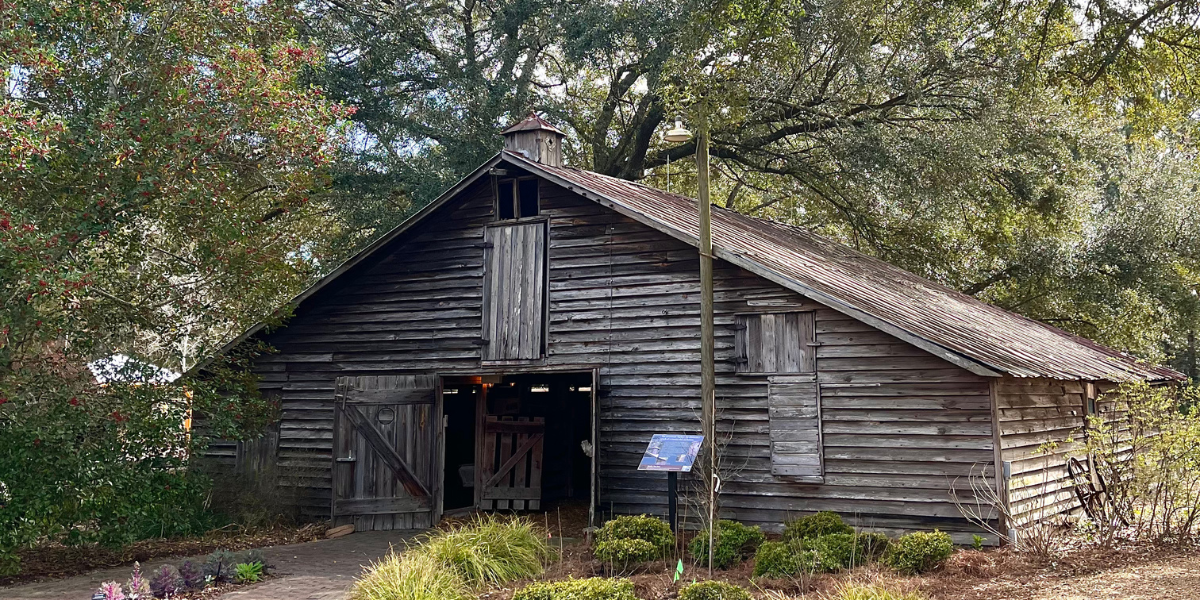Rebecca Munday, Staff Writer
“The churches were dark…it was not always easy to see these images by candlelight,” Stephen Wagner, the guest lecturer from Savannah College of Art and Design (SCAD), who researches medieval manuscripts, said about scandalous images in churches and monasteries.
On April 9 in the Ogeechee Theatre, Prof. Wagner lectured on “Mayhem in the Margins: Monasteries, Misericords and Manuscripts in Late Medieval Society.”
Often, art in the margins of text or hidden in the architecture provided social commentary on the text or the culture of the time period.
A description of the lecture read as follows, “Works of art created during the Middle Ages did not always reflect the teachings of the Christian Church, especially after the eleventh century. Monasteries provided the setting for learning and prayer, and wealthy patrons commissioned lavish books to display their piety, but their humanness manifested itself in fascinating ways. Column capitals illuminated medieval manuscripts and carved wood misericords contained compelling, amusing and scandalous images, but they were not usually easy to see. Medieval viewers had to know where to look for the unique and unusual.”
In churches and monasteries, sculptures depicting sexuality were hidden in the architecture of the building.
Wagner spent a considerable amount of time explaining how the images of sexuality in the churches contradicted with the teachings of the church at the time. The images showed things such as two monks sharing a penis, two monks kissing, and a nun and a priest in a relationship with each other.
Sexuality within the Catholic church wasn’t the only thing Wagner talked about.
He also mentioned artistic commentaries that were both satirical and somber in nature.
In one image, a rabbit was seen severing a man’s head instead of the opposite to represent the “upside down world” of the medieval period. Usually, the man hunts the rabbit but not in this image. This image was meant to comment on the upside-down world of the church. The uneducated and poor ran the church instead of the other way around.
At the end of the lecture, Wagner took five to ten minutes for questions. “Were the sexually-charged images in the churches supposed to condemn the monks and nun,” an attendee questioned. Wagner replied, “I think they are mostly condemning.”
As the attendants came out of Ogeechee Theatre to enjoy refreshments, Wagner elaborated on the lecture topics to students and faculty members until the group dispersed.
“Mayhem in the Margins” is just one of many Visiting Artist lectures GSU’s Armstrong campus offers.






